
Sprawling across some 2,700 acres in California’s Santa Barbara County, Michael Jackson’s Neverland Valley Ranch was one of the most extraordinary celebrity homes ever created. Incorporating a zoo, an amusement park, a movie theater, an “Indian Village”, a basketball court and dozens of other amenities, it came to mirror the lavish lifestyle led by the man known forever as the “King of Pop”.
The fate of Neverland was inextricably linked to the fate of Michael Jackson. As his career scaled unimaginable heights, Neverland became ever more luxurious. As scandal hit and his fortunes declined, so Neverland fell into decay, abandonment and ultimately financial ruin.
To Jackson’s fans, Neverland represents the lost youth that Michael Jackson sought to reclaim after childhood stardom robbed him of much of it. It was a place where thousands of children, many of them desperately unwell or underprivileged, enjoyed a wonderful time at no cost. To others, of course, it was a “honeypot” designed to lure unsuspecting kids into a web of abuse.
Many thousands – probably millions – of words have been written about Michael Jackson’s life, his career and the accusations of child molestation that dogged him in the final years before his death in 2009. But, surprisingly, few have attempted to fully document the story of the Neverland Valley Ranch itself.
Though the story of Neverland and the story of Michael Jackson are in some ways inseparable, this article won’t attempt to cast judgment on his lifestyle, or his guilt or innocence of the charges made against him. You can form your own opinions on that, if you haven’t already.
Instead, we’re going to explain how Neverland came to be. We’ll take you on a tour of the extraordinary grounds, as well as into the interior of Michael Jackson’s home. We’ll share, in their own words, the experiences of children and adults who visited the ranch during Jackson’s lifetime. We’ll explain how, and why, it began to decay, and show you stunning images of its abandoned state prior to Jackson’s death. Finally, we’ll explain what’s happened in the years since 2009, and how the former Neverland could soon be set to pass into new hands.
Are you ready? Then let’s learn how Michael Jackson attempted to recreate a land where children never grow up…
The childhood home
In May 1971, when Michael Jackson was twelve years old and already well established as the star member of the Jackson 5, his family moved into a large home on a two-acre estate in Encino, California.
A decade later, boosted by the success of his Off the Wall solo album (which sold 20 million copies worldwide), Michael was flying high. His father, Joseph, however, was struggling badly with financial problems. Seeking a buyer for the Encino estate, he found the perfect candidate. In 1981, Michael Jackson paid his dad $500,000 for a half-stake in the property. Eventually, Joseph sold his remaining 25 percent stake to Michael as well, leaving Michael’s mother, Katherine, holding the final 25 percent.
The house held bad memories, so Jackson opted to demolish it entirely. He had been impressed by the Tudor-style mansions that he had seen during tours of the UK, so he replaced it with a mock version, complete with a stunning three-tiered white fountain out front.
The remainder of the estate would be a small-scale version of what Jackson would eventually create at Neverland – a children’s wonderland. Peacocks, deer, llamas, a boa constrictor and even a giraffe lived on the site, while swans swam in attractive ponds. An enormous swimming pool featured fountainheads carved to resemble bearded Neptunes, and the house itself boasted a 32-seat movie theater, a trophy room lined with gold and platinum albums, and a private Jacuzzi exclusively for Jackson’s use.
Jackson loved to visit Disneyland, but couldn’t do so without wearing a disguise and receiving VIP treatment to attempt to avoid being mobbed. At Encino, he built a miniature version of the park’s Main Street, USA, incorporating a candy store and a replica of the Abraham Lincoln audio-animatronic from the Great Moments with Mr. Lincoln attraction (which could speak, just as Disney’s version did). On one occasion, Jackson even hired the Snow White and the Seven Dwarfs characters from Disneyland to make a private visit to his home.
It was a first step towards creating his own private playland, safe from the prying eyes of the outside world. But it wasn’t enough. Most importantly, it wasn’t nearly big enough.
Finding Neverland
In 1983, Michael Jackson and Paul McCartney released the duet Say Say Say, which rocketed to the top of the charts in the US and many other countries. The video for the single was recorded in Santa Ynez, California, and during its filming Jackson stayed with McCartney and his wife Linda at the ranch the couple had leased for the duration of their stay.
The property was owned by William Bone, who had earned a fortune by establishing the Sunrise Colony Company, a golf course and property development firm. Bone had spent huge sums on the development of the ranch, building a main house (architected by Robert Altevers) that covered some 12,000 square feet. At the time, it was known as the Sycamore Valley Ranch, and it sprawled across a huge 2,700 acres, nestled in the picturesque Santa Ynez Valley.
Jackson was entranced by the beauty of the ranch, and immediately recognized its potential to be converted into the home of his dreams – a playground shielded from the outside world.
The Disneyland Resort, which Jackson adored, currently occupies around 510 acres. Here was a property that covered more than five times that area. Whereas Disneyland was surrounded by urban sprawl and overlooked by hotels and motels, the Sycamore Valley Ranch must have felt refreshingly remote. Two other huge ranches, the Chamberlin Ranch and the La Laguna Ranch, were situated to the west and north. And with so much land to work with, Jackson could always ensure that there was considerable space between himself and whoever lay outside the gates. It was also a fair distance from Encino, allowing him to keep his family at arm’s length.
It would be five years before Jackson finally had the opportunity to buy the ranch, when Bone made it available for $35 million furnished, or $32.5 million unfurnished. While the pop star intended to offer just half that, he was advised that the ranch would not be a good investment by lawyer John Branca. According to biographer J. Randy Taraborrelli, Jackson stood his ground, insisting that “My guests expect something grand. It’s gotta look like I’ve made it big, because I have.”
Lengthy negotiations between Branca and Bone followed over the proposed purchase – so lengthy that they led to friction between Jackson (desperate to secure the ranch) and his lawyer (desperate to secure the best possible price). Finally, a price of $17 million was agreed in May 1988. This was subsequently reported as being as high as $30 million, but Bone had apparently accepted a significant price-cut.
Jackson left the family home in Encino, with his parents only discovering news of the move while watching Entertainment Tonight. It was time to get started on building his own version of paradise.
The motivation
Having taken ownership of the Sycamore Valley Ranch, Jackson’s first action was to rename it as the Neverland Valley Ranch. The name was inspired by the fictional location depicted in the works of J. M. Barrie, which is most famous for having been the home of Peter Pan – “The Boy Who Wouldn’t Grow Up”.
Michael Jackson’s childhood had been anything but normal, with his father frequently waking him unexpectedly in the middle of the night to be transported to some venue or other to perform with his brothers. He wanted to make Neverland not just into a place where he could rediscover his own lost childhood – but also somewhere he could be surrounded by actual children at play.
“People wonder why I always have children around,” he said. “I find the things that I never had through them…Disneyland, amusement parks, arcade games. I adore all that stuff because when I was little it was always work, work, work.”
“What inspired me [to create Neverland]?” explained Jackson in 2002. “It was so easy, because it was me being myself, creating things that I love. And what I love, kids happen to love, or the child that lives inside the adult happens to love...you know? It is so easy, because I’m just creating behind the gate what I never got to do when I was a kid.”
“When I was really little, you know, 11 or 12, I was in the contract with Motown and I would have to go to the recording studio, I had to go…and make these albums…because the summer tour was right around the corner, and right across the street from the recording studio was a ball park. And I could hear the kids, you know, the roar of the crowd and playing and catching ball and having fun and playing tennis And some of those times I so passionately wanted to just go over there and just play a little bit, and not go to the recording studio and sing…And I couldn’t.”
“We worked, we worked, we worked – there was no Christmas, there’d be no birthdays. So I’m compensating, nature made sure that I compensate for the loss. So, when you come behind my gates, you’ll see an amusement park, you’ll see animals, you’ll see everything that I never got to do, there’s candy everywhere…it’s fun.”
“Everything that I love is behind those gates. We have elephants, and giraffes, and crocodiles, and every kind of tigers and lions. And we have busloads of kids, who don’t get to see those things. They come up, sick children, and enjoy it.”
But the creation of Neverland wasn’t just about compensating for a lost childhood and providing enjoyment for sick kids. It was also about keeping the rest of the world out, and keeping Jackson safe behind its gates.
“I create my own world behind the gates because I can't go to the local movie theatre down the street or the local park down the street, or go pick up ice cream at the market down at the corner store,” Jackson told Geraldo Rivera in 2005. “So you want to create that world behind the gates.”
“I didn't go to a state school. We tried it for two weeks and it didn't work. It was very difficult.”
“Neverland appeals to the child inside every man, woman and child. It’s a place where I feel like you can return to your childhood. You find grown-ups, you know, doing things they hadn’t done since they were like 10 years old…it’s just a fun place, I love it. And I will always love it. And I will never ever sell Neverland. Neverland is me…you know? It represents the totality of who I am. It really does…I love Neverland.”
This proclamation, from 2003, that Jackson would never sell Neverland was tested to the limit as his finances deteriorated in the years following that interview. But if Neverland really did “represent the totality” of Michael Jackson, then we should be able to learn something about him by going on a tour of the estate, just as it was when he lived there.
Join us on the next page as we go through the gates into Neverland…
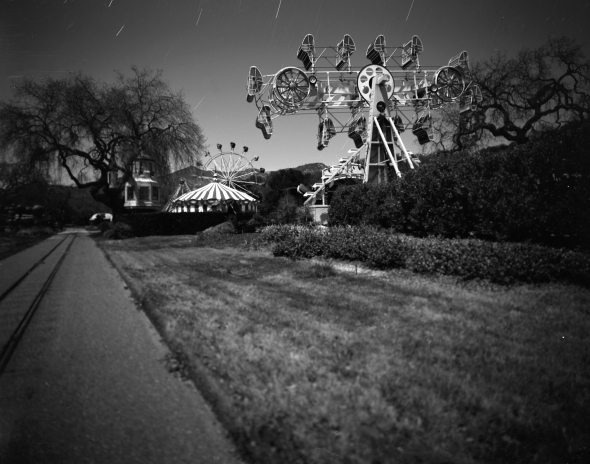
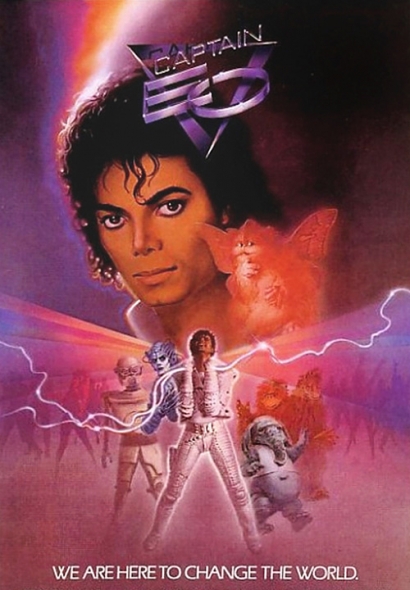
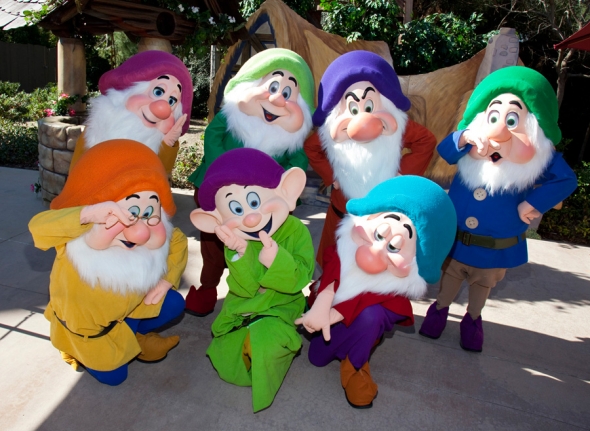
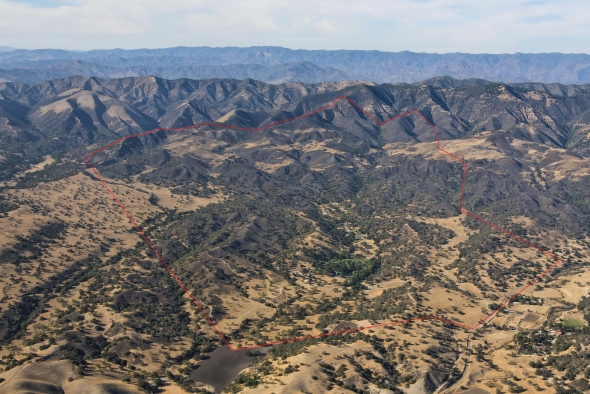
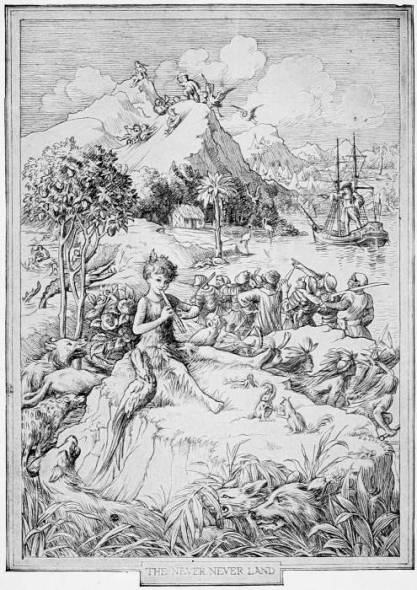
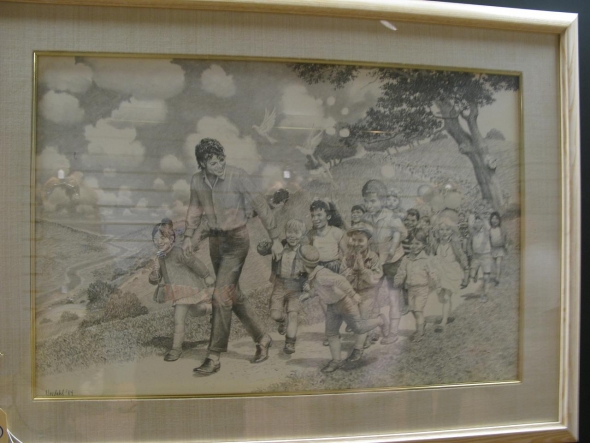

Comments
THANK YOU for an outstanding article! I will be visiting your site often to see what you have in store for us next. Keep up the great work!
That was neat. Thanks.